In modern bathroom design, the tub faucet is not only a water outlet but also an important design element that reflects personal style and enhances overall comfort. With the growing demand for bathroom functionality and aesthetics in American households, the bathtub faucet market is shifting toward high-end, intelligent features. According to Grand View Research, the US bathroom accessory market is expected to reach $9.2 billion by 2030, with a compound annual growth rate of approximately 5.4% for bathtub faucets and shower systems (source: GrandViewResearch.com).
This article will analyze how to choose an ideal bathtub faucet in the North American market in 2025, focusing on product types, installation standards, material selection, style matching, and consumer trends.
1. The main types of bathtub faucets
Different installation methods determine the faucet's structure and user experience. At present, there are several types of bathtub faucets in the US market:
Wall Mount Faucet
Installed inside the wall, the water outlet is usually 4-6 inches away from the edge of the bathtub.
Suitable for modern minimalist style bathrooms.
Before installation, ensure the wall pipeline depth is at least 2.5 inches to accommodate the valve core structure.
Deck Mount Faucet (countertop faucet)
Installed on the edge or platform of the bathtub, 3-hole or 4-hole installation holes should be reserved.
The height of the water outlet is generally 7-10 inches, which is convenient for filling deep bathtubs.
Freestanding Tub Faucet
Suitable for independent bathtub design, the outlet height is usually 33-40 inches.
Usually equipped with a handheld showerhead function, it combines aesthetics and practicality.
According to the Houzz 2024 Bathroom Trends report, approximately 42% of newly renovated households in the United States choose to pair a freestanding bathtub with a freestanding faucet (source: Houzz.com).
2. Installation specifications and size points
Accurate size measurement and standard installation position are crucial before making a purchase.
|
Installation type |
Recommended height (inch) |
Recommended distance from water outlet to edge of bathtub (inch) |
Description |
|
Wall-mounted |
28-34 |
4-6 |
Suitable for embedded bathtubs |
|
Tabletop |
7-10 (outlet height) |
2-3 |
Commonly seen in bathtubs with platforms |
|
Independent |
33-40 (outlet height) |
7-9 |
Ideal when paired with an independent bathtub |
According to the International Residential Code (IRC) in the United States, the bathtub fill rate should be 4-7 gallons per minute (GPM) to ensure a standard-sized (approximately 60-inch-long) bathtub can be filled in 8-10 minutes (source: IAPMO.org).
3. Material and valve core selection
Material recommendation
Solid Brass: Strong corrosion resistance, with a service life of over 10 years.
Stainless Steel: Anti-fingerprint, easy to clean.
Matte Black & Brushed Gold: The most popular bathroom color trends of 2025 (source: ForbesHome.com).
Valve core type
Ceramic Disc Cartridge: The most common and durable, capable of withstanding high temperatures and water pressure.
Thermostatic Cartridge: Automatically adjusts the ratio of hot and cold water to prevent burns, suitable for home users.
According to Home Depot's consumer report, bathtub faucets equipped with thermostatic valve cores are priced approximately 25-35% higher than regular products, but have a 40% lower return and exchange rate (source: HomeDepot.com).
4. Style and Design Trends
With the diversification of interior design styles, the appearance of bathtub faucets is also constantly evolving.
Modern Minimalism: Black and brushed nickel materials have become mainstream, with finer lines and a lighter overall visual effect.
Classic Luxury: A gold- or bronze-colored faucet paired with a separate bathtub creates a vintage atmosphere.
Brilliant Faucets: Equipped with touch-start and temperature-memory functions, the market share is expected to grow to 12% by 2025 (source: Statista.com).
Emerging Smart Faucet Features
In addition to traditional aesthetics and material choices, smart functionalities are increasingly influencing consumer decisions. Features such as touchless activation, app-controlled water temperature, and customizable flow patterns are gaining popularity among tech-savvy homeowners. According to a 2024 survey by Statista, nearly 28% of American households expressed interest in upgrading to smart faucets within the next two years (source: Statista.com). Integrating these features not only enhances convenience and hygiene but also aligns with the growing trend of connected smart bathrooms, making the faucet a central element of both design and functionality.

5. Installation and maintenance recommendations
Installation recommendations
Ensure that the center-to-center distance between the hot and cold water pipes is 8 inches (double-tap standard).
Seal all threaded connections with Teflon Tape.
The height difference between the water outlet and the bottom of the bathtub should be maintained at least 8 inches to prevent water splashes.
Routine maintenance
Wipe with a soft cloth every week and avoid using chlorine or acidic cleaning agents.
If the water flow weakens, the aerator can be removed to remove scale.
According to EPA data, the average household in the United States wastes approximately 10,000 gallons of water annually due to faucet leaks, equivalent to over 270 showers (source: EPA.gov).
6. Summary: Comprehensive upgrade from functionality to style
The bathtub faucet nowadays is no longer just a simple water outlet device, but a core component that connects comfortable living and design aesthetics. From installation standards to water efficiency, from material aesthetics to intelligent control, consumers should consider both functionality and long-term durability when choosing.
By 2025, in the market, water-saving, high-performance valve cores, intelligent control, and personalized design will become the keywords of the bathtub industry. For developers, designers, and home users, understanding these trends can not only enhance the living experience but also make investments more valuable in the long term. As technology and sustainability continue to shape consumer preferences, bathtubs are evolving from simple fixtures into smart, aesthetic, and eco-efficient lifestyle essentials.
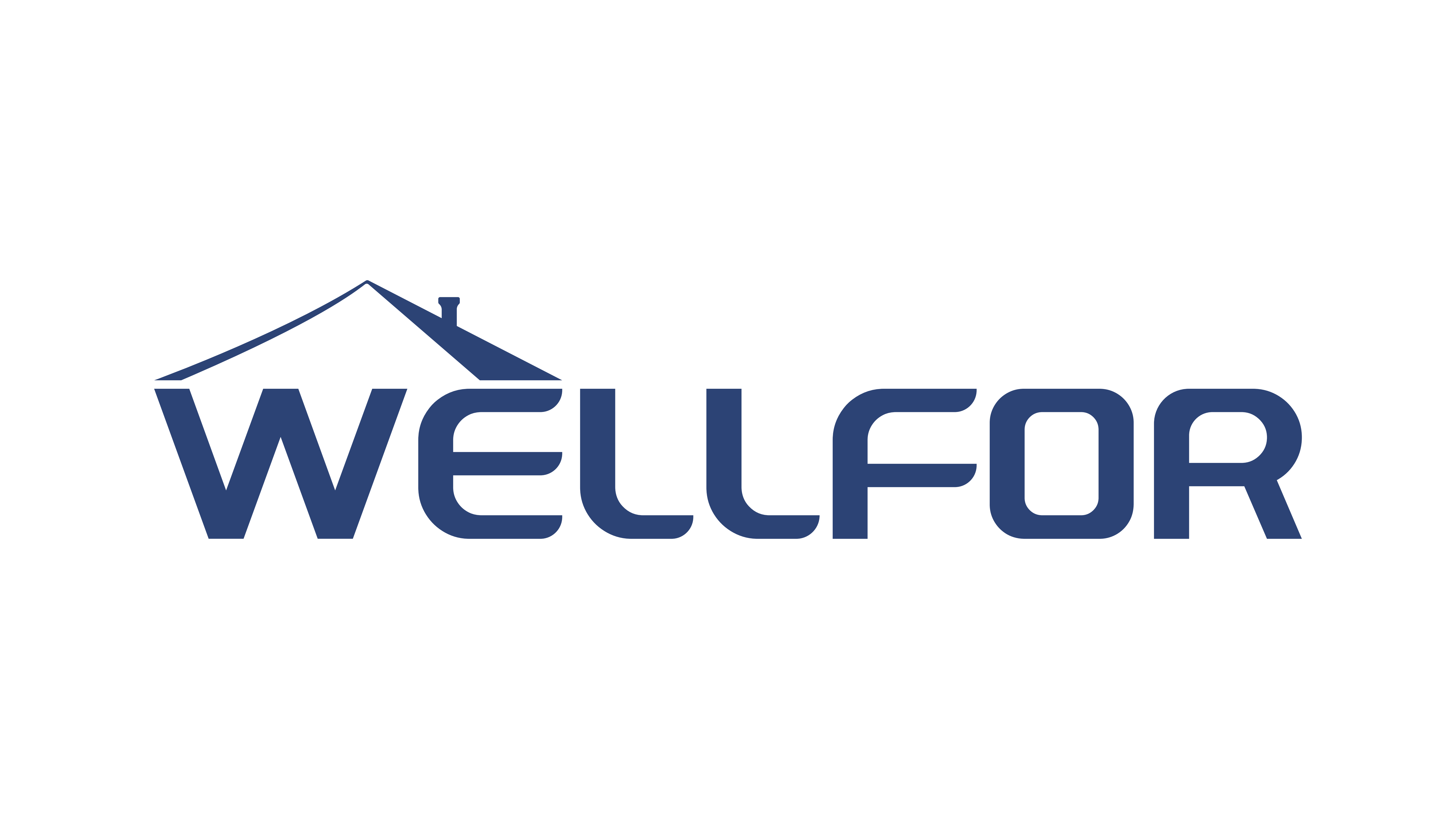
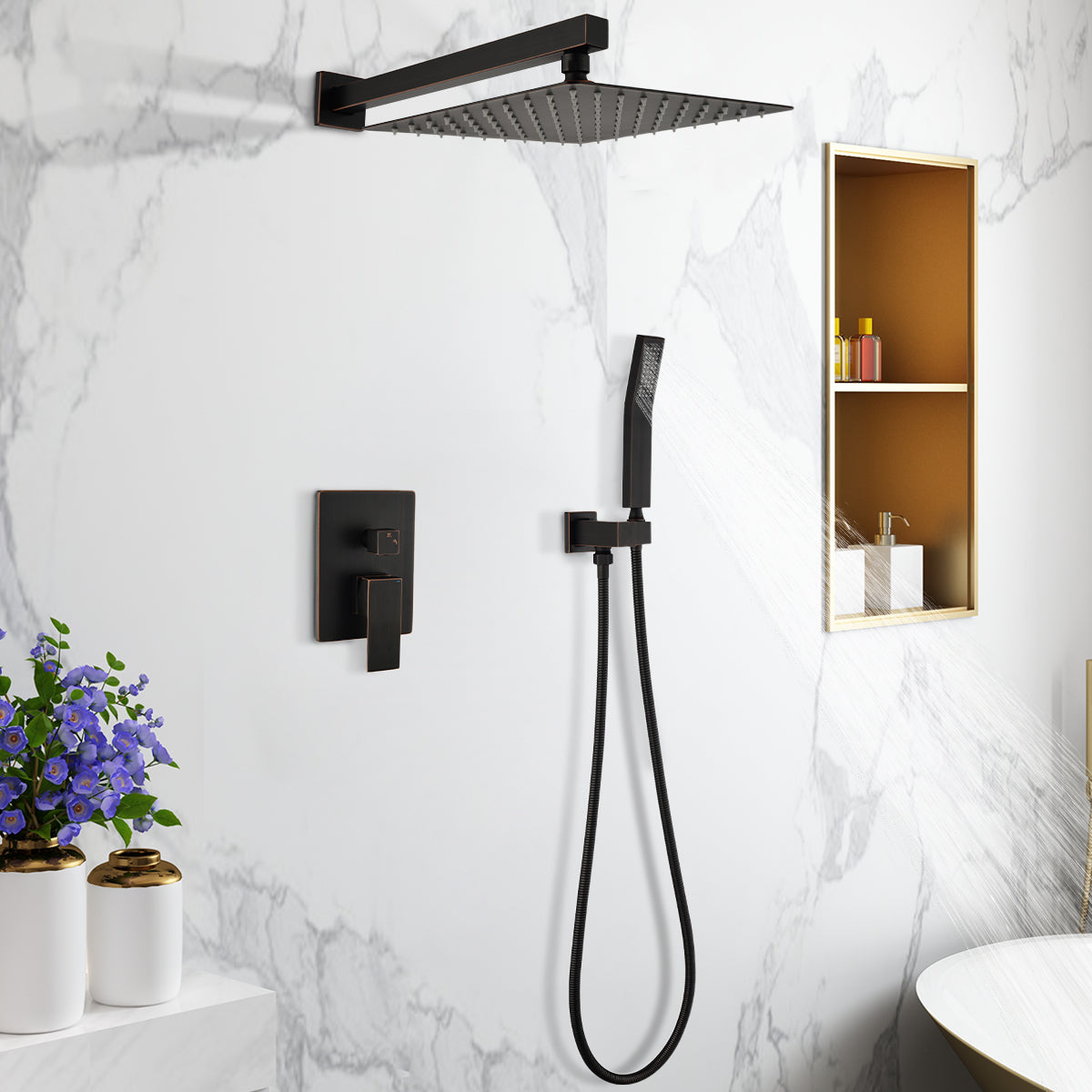






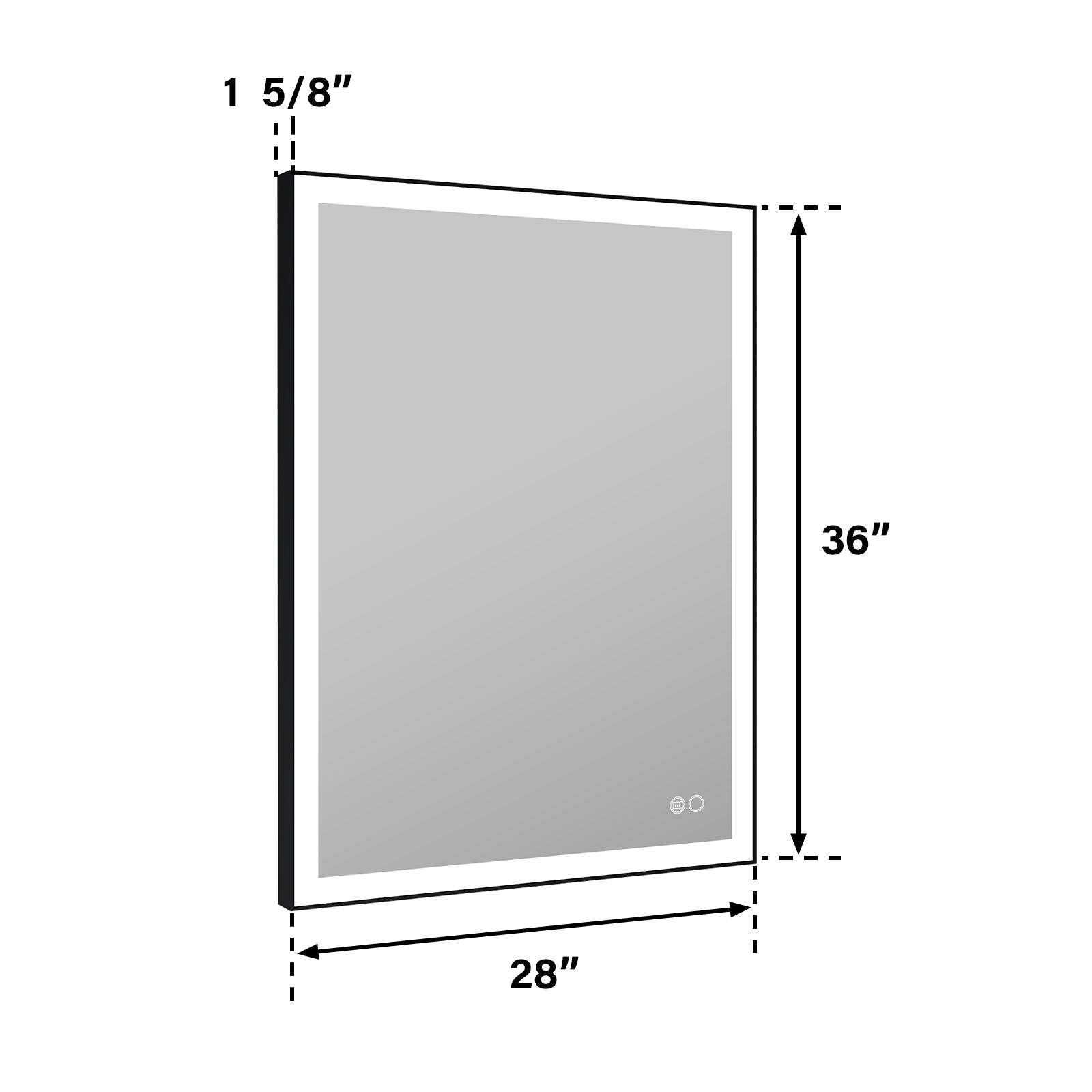

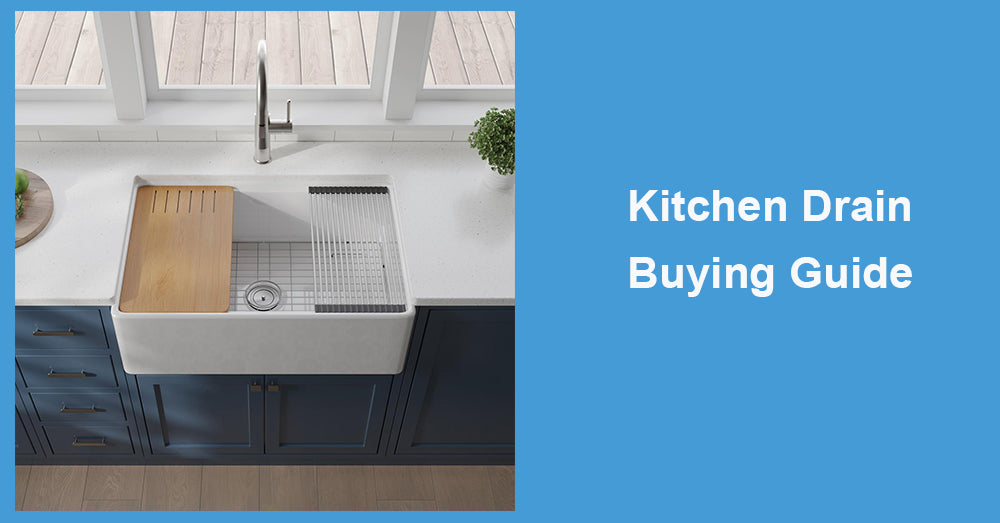
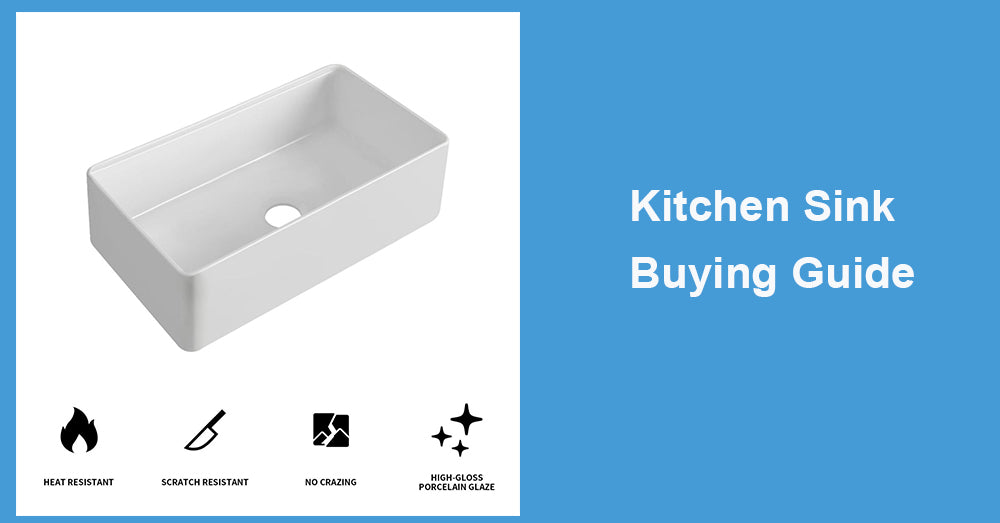
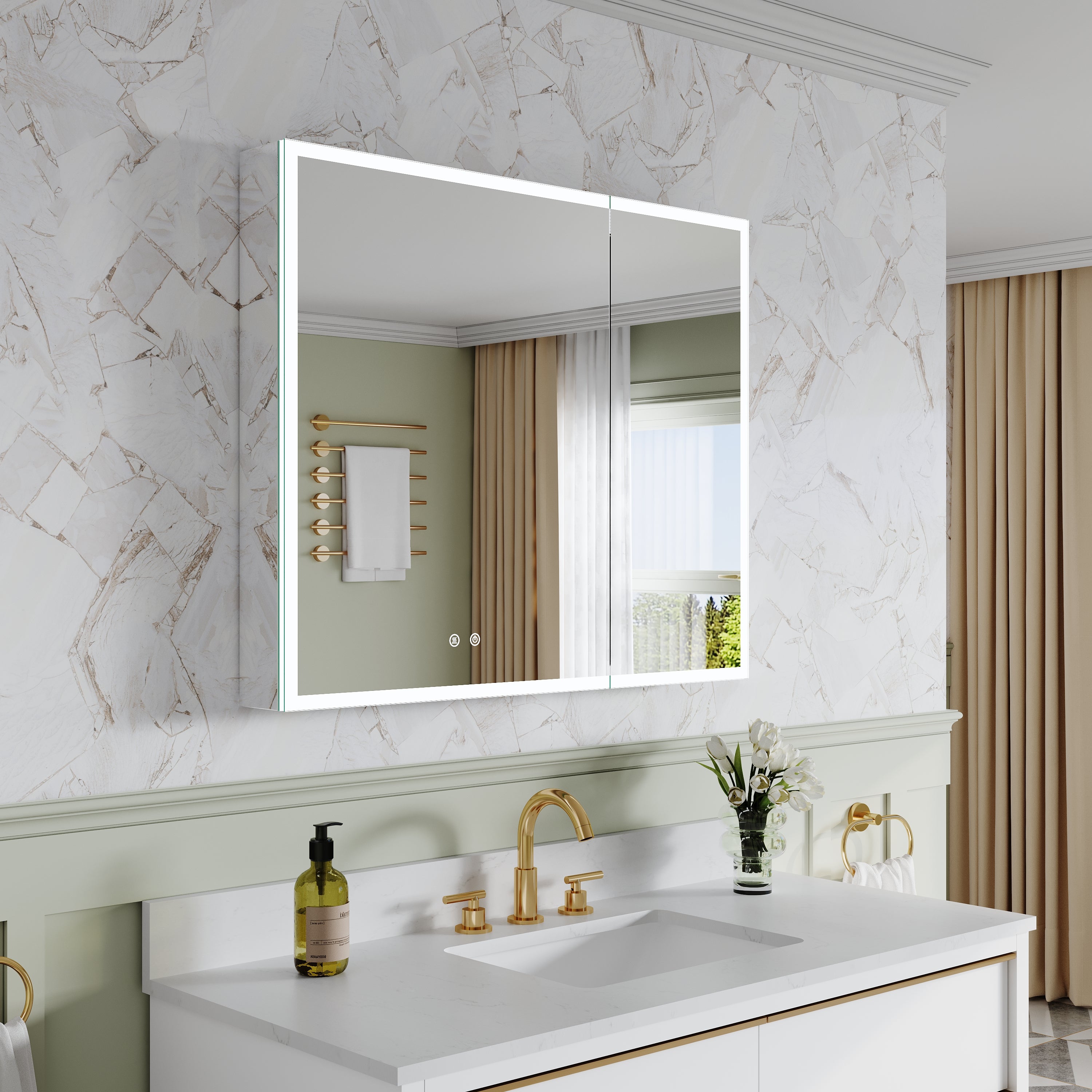
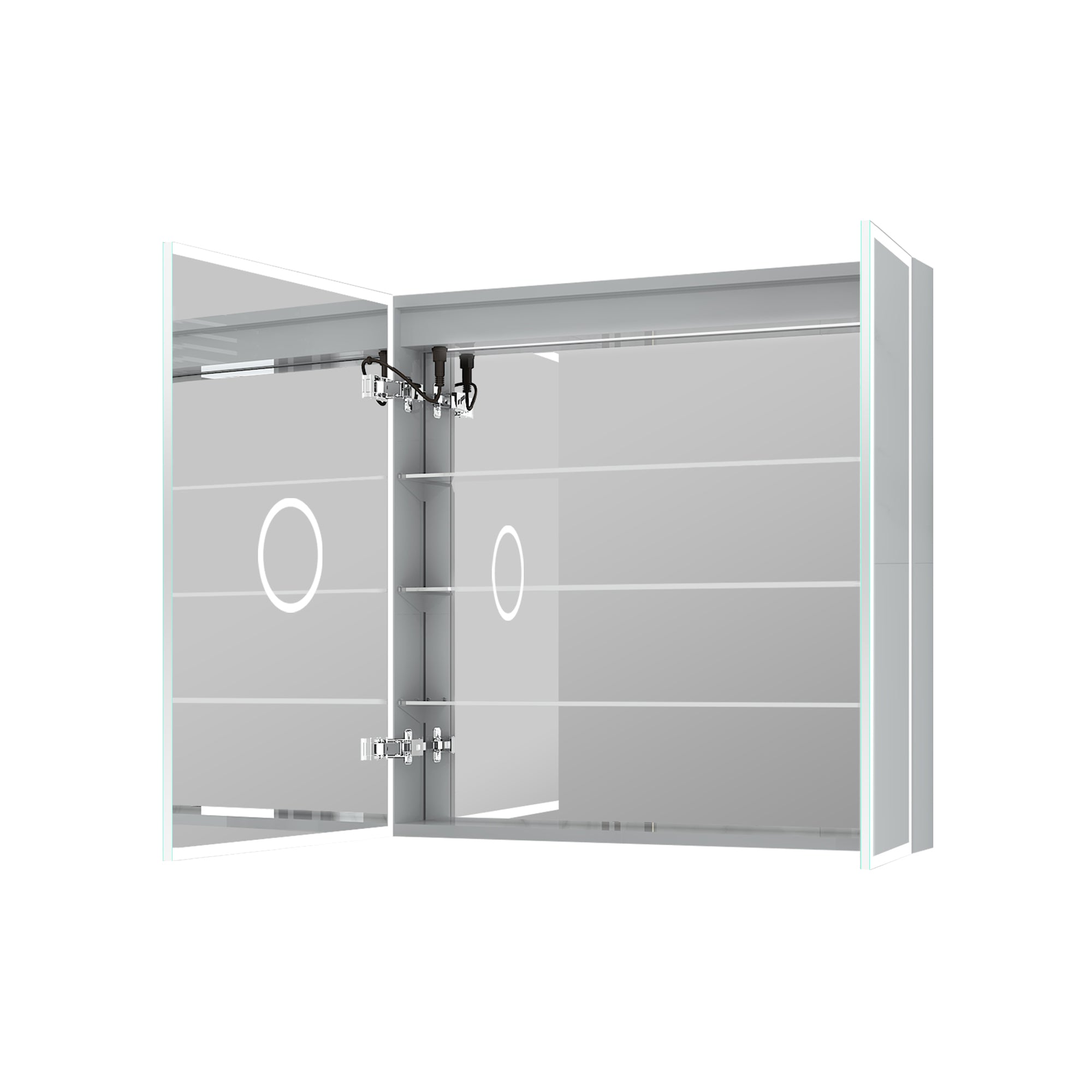
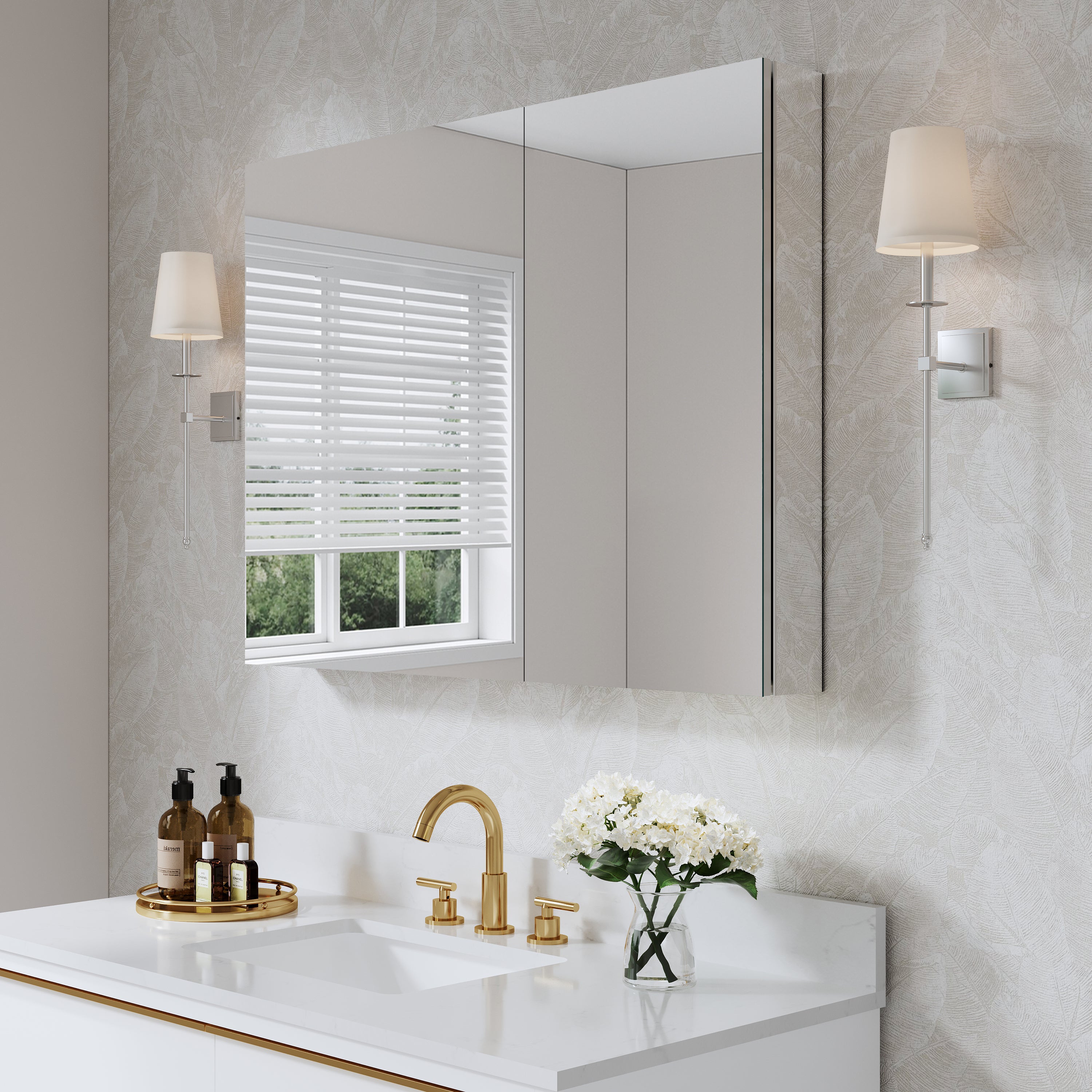

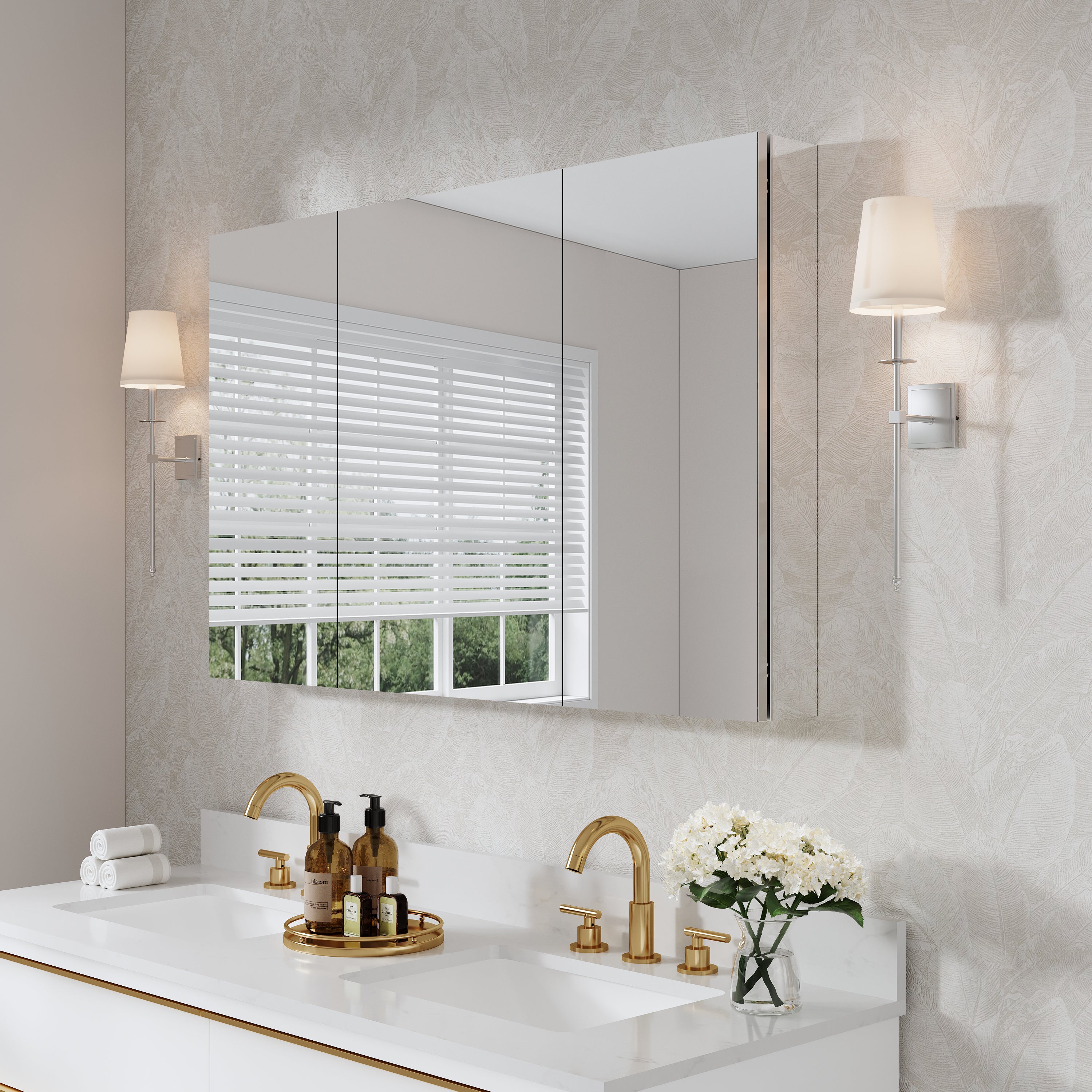
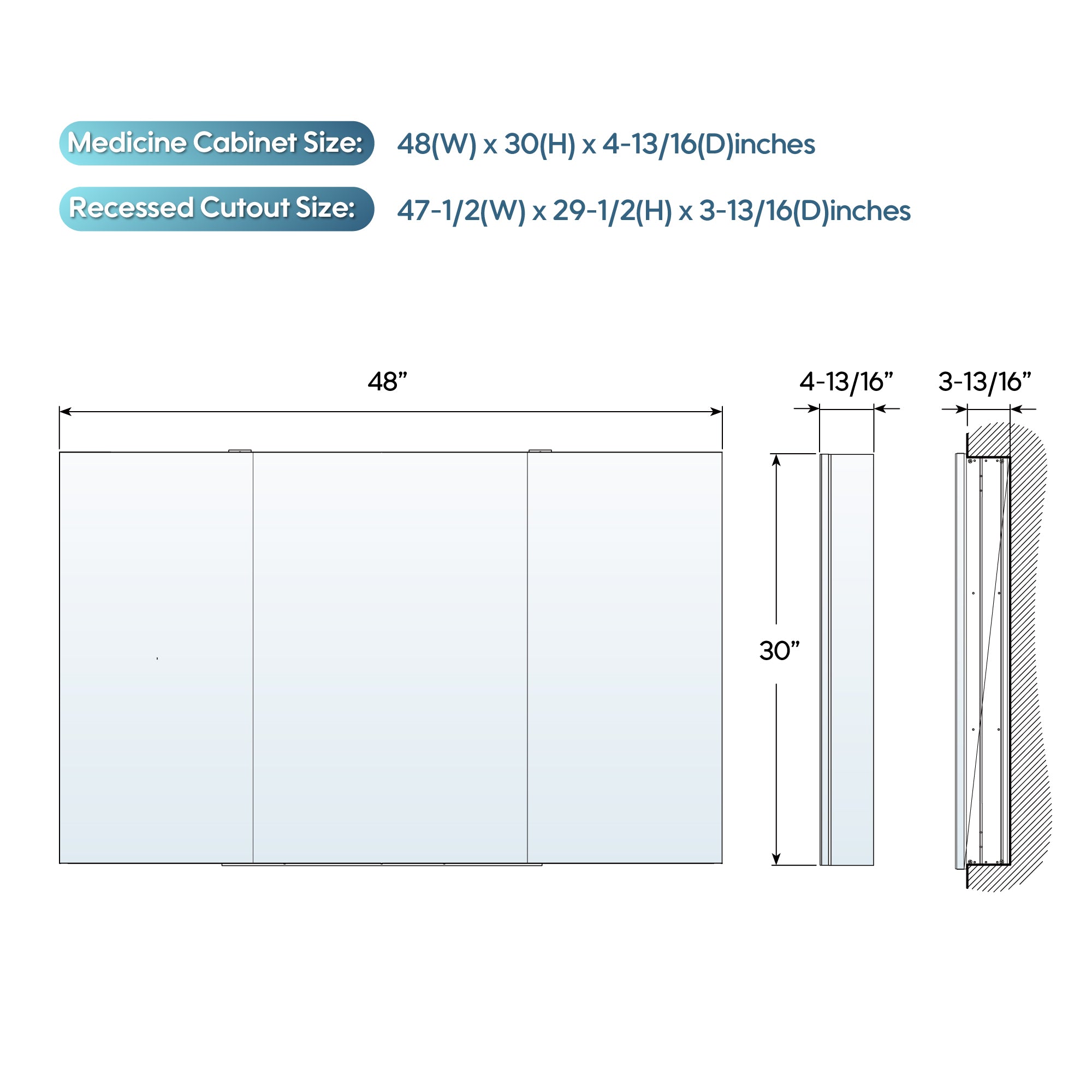

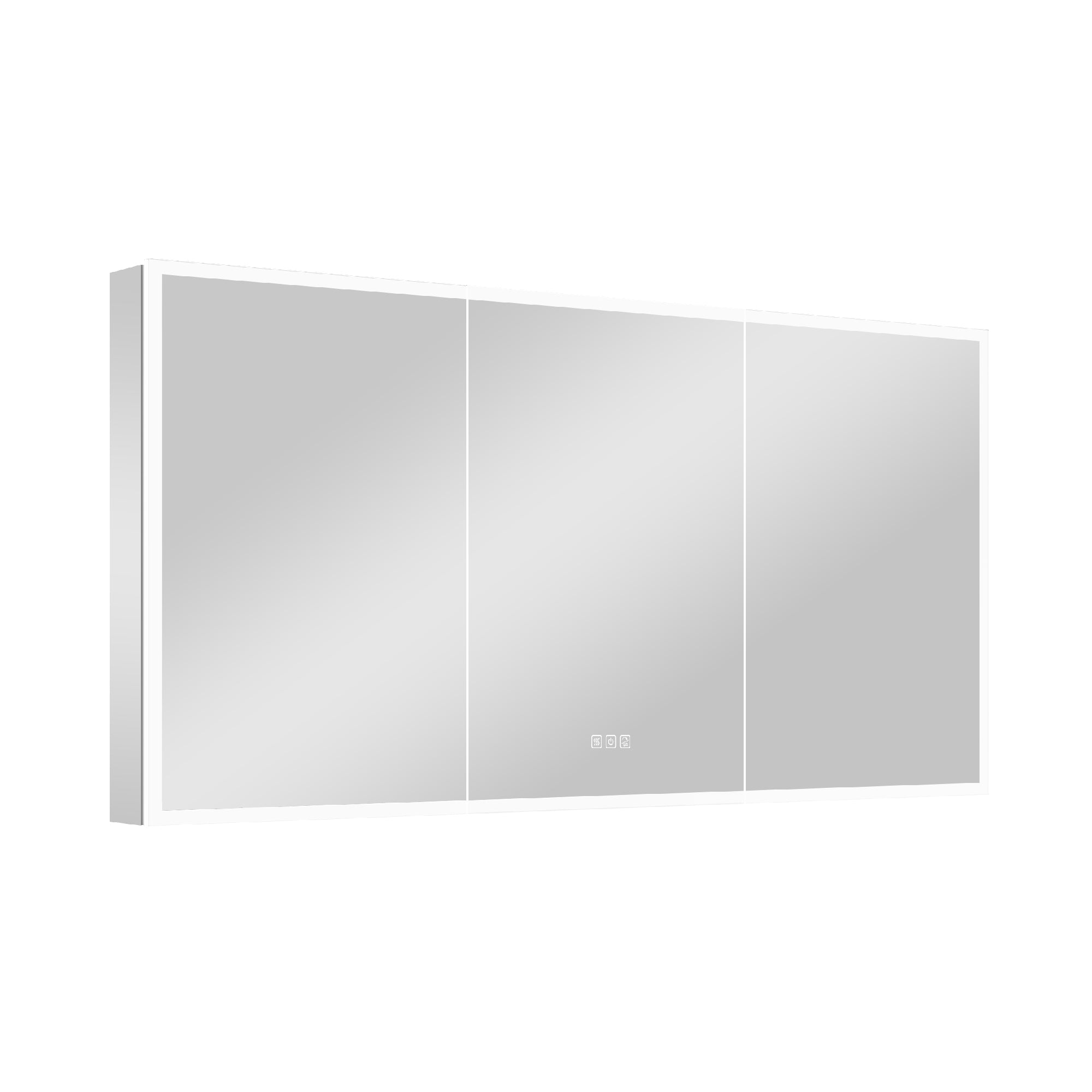
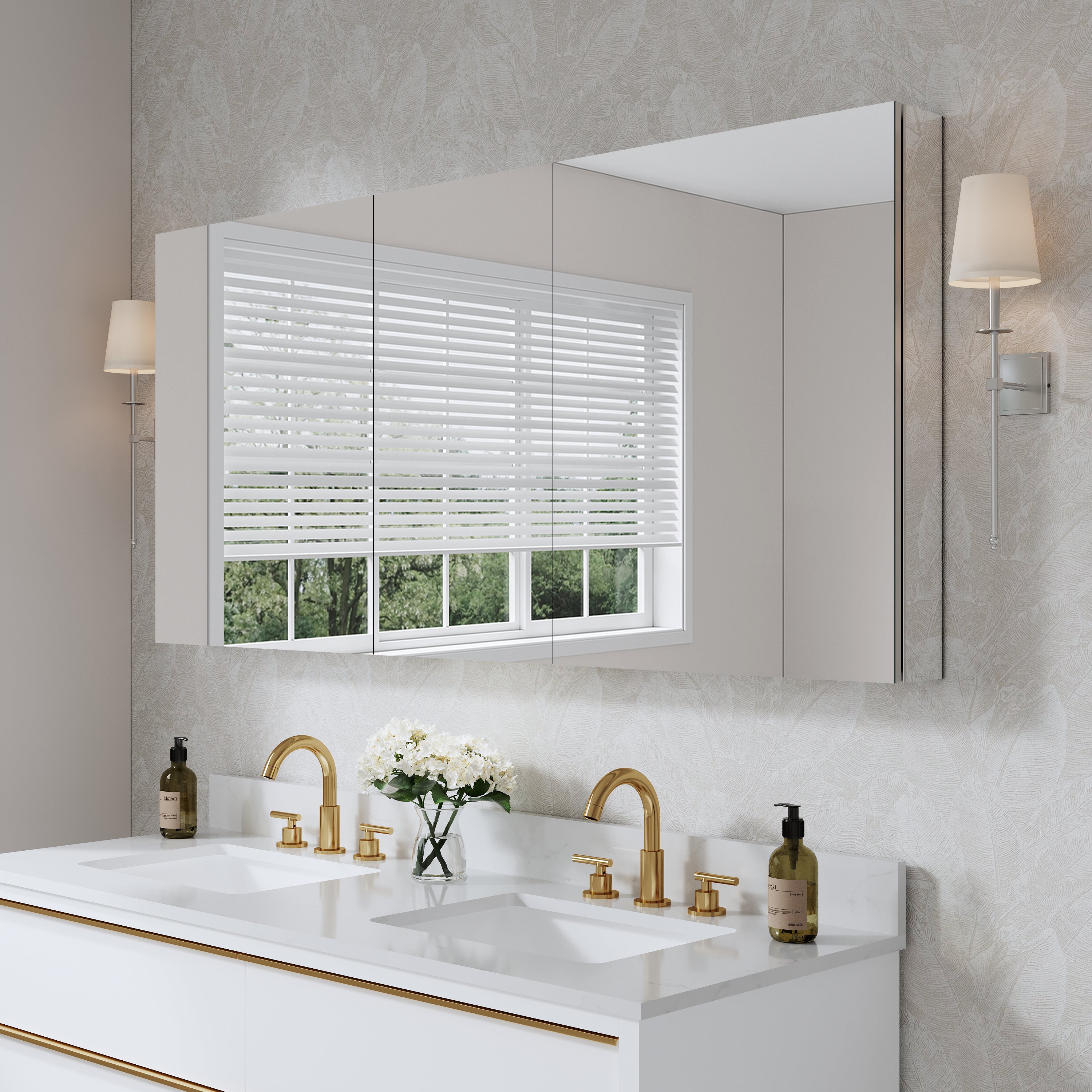




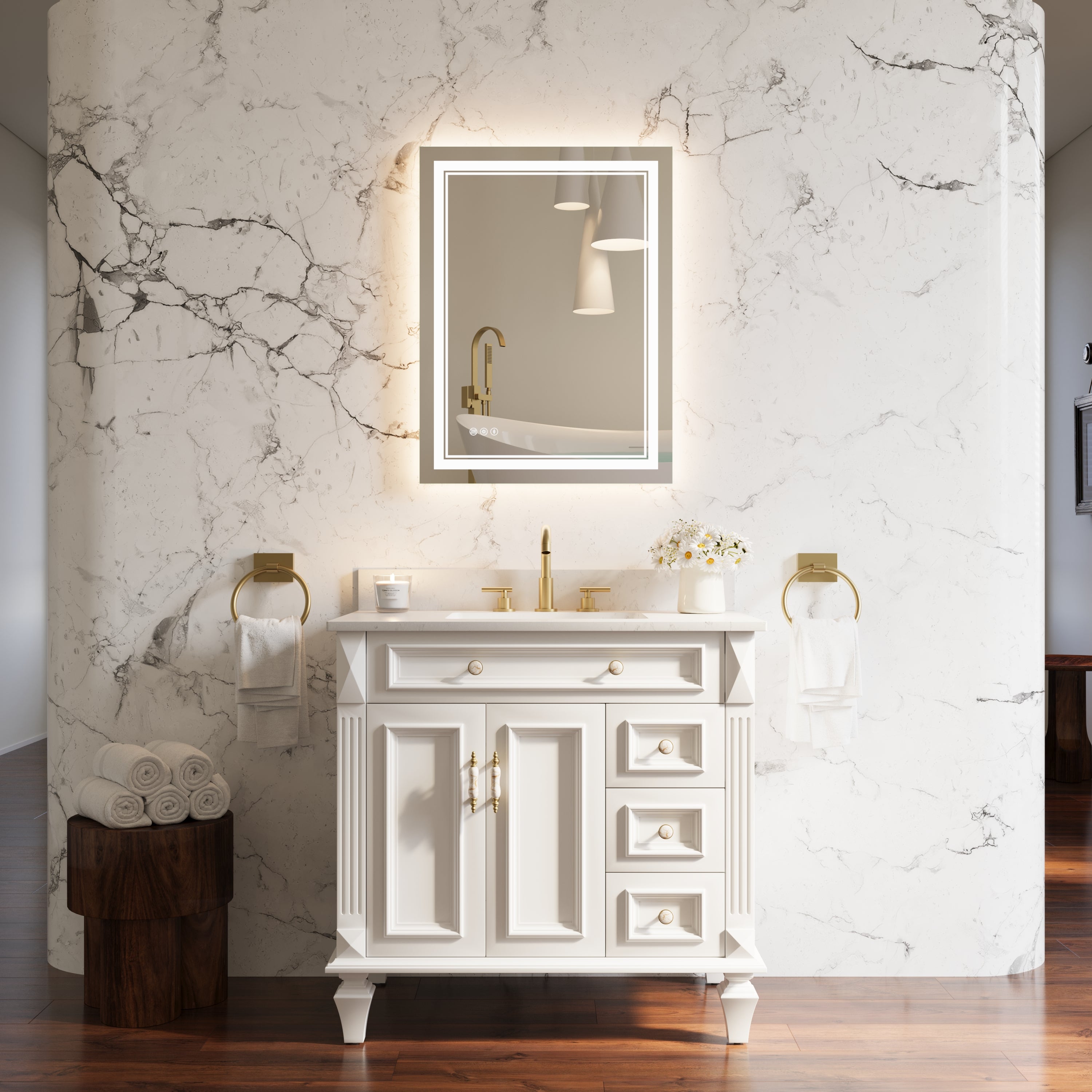
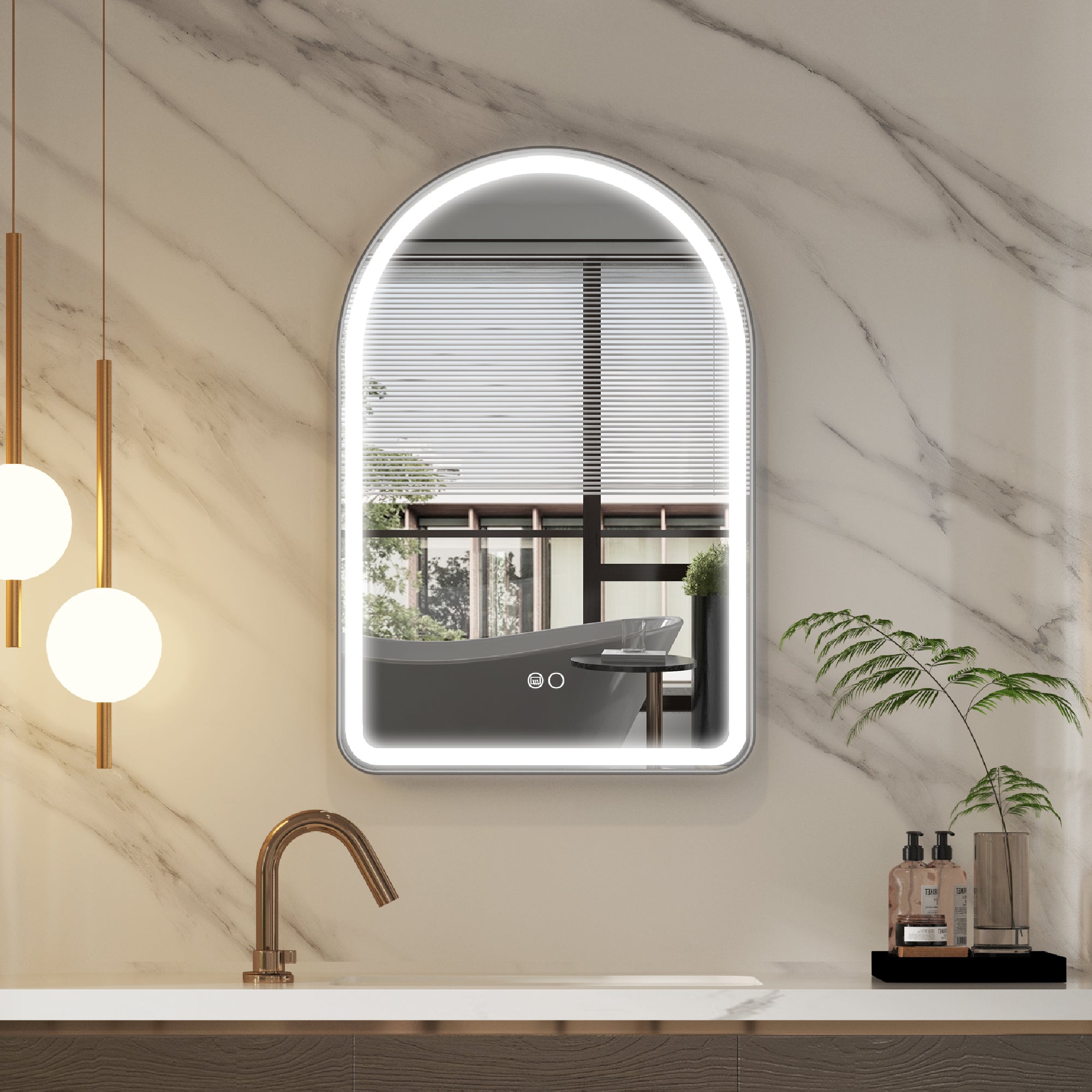
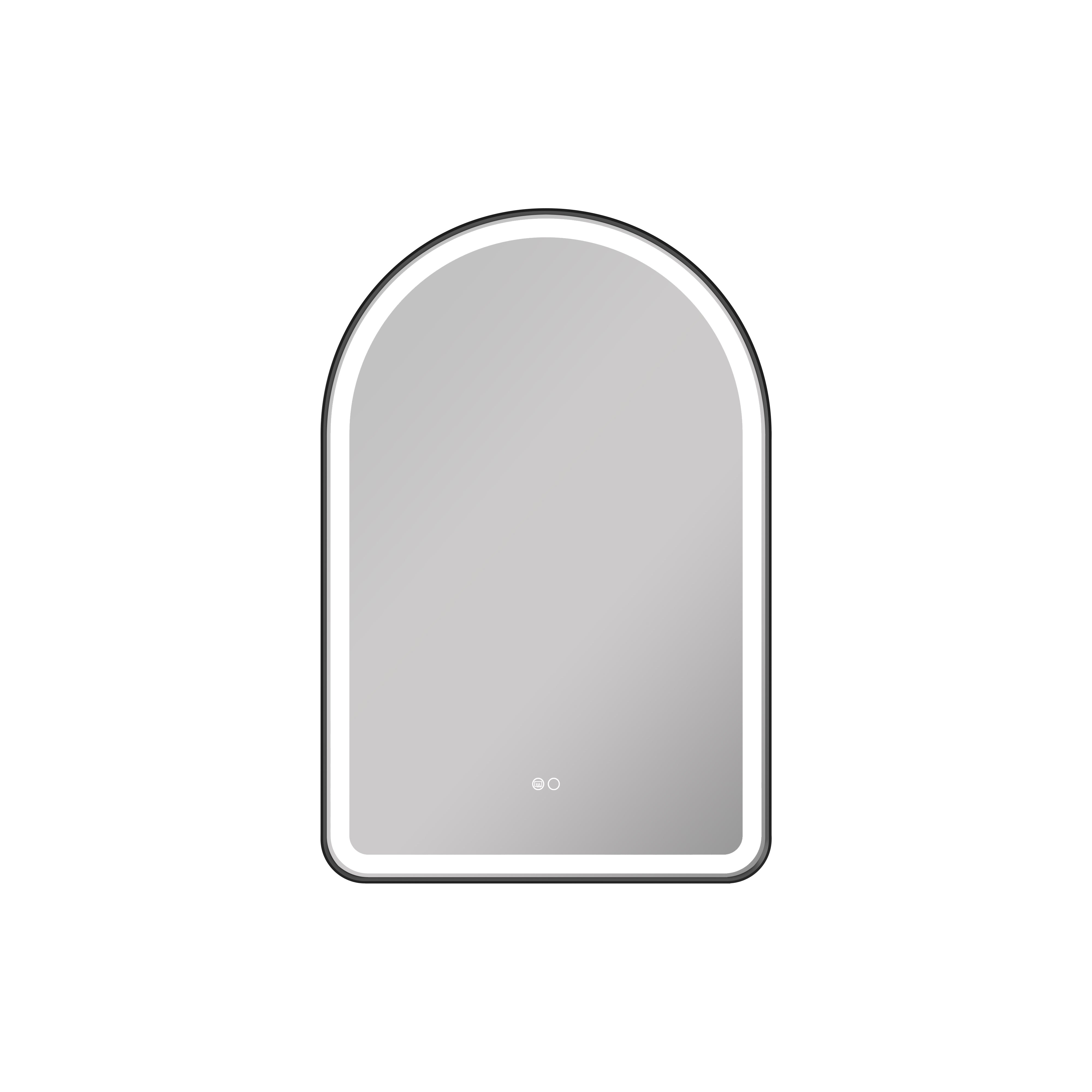

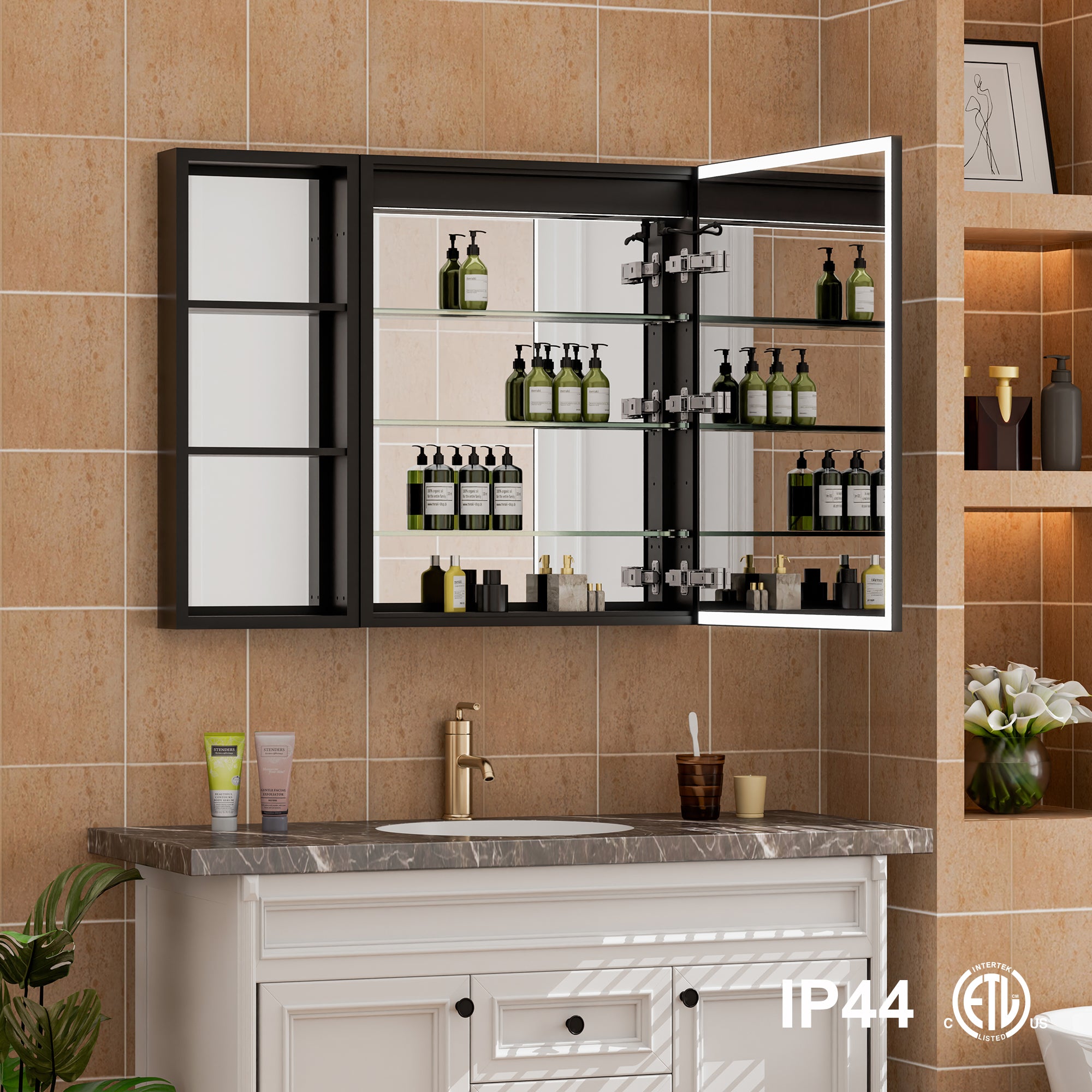
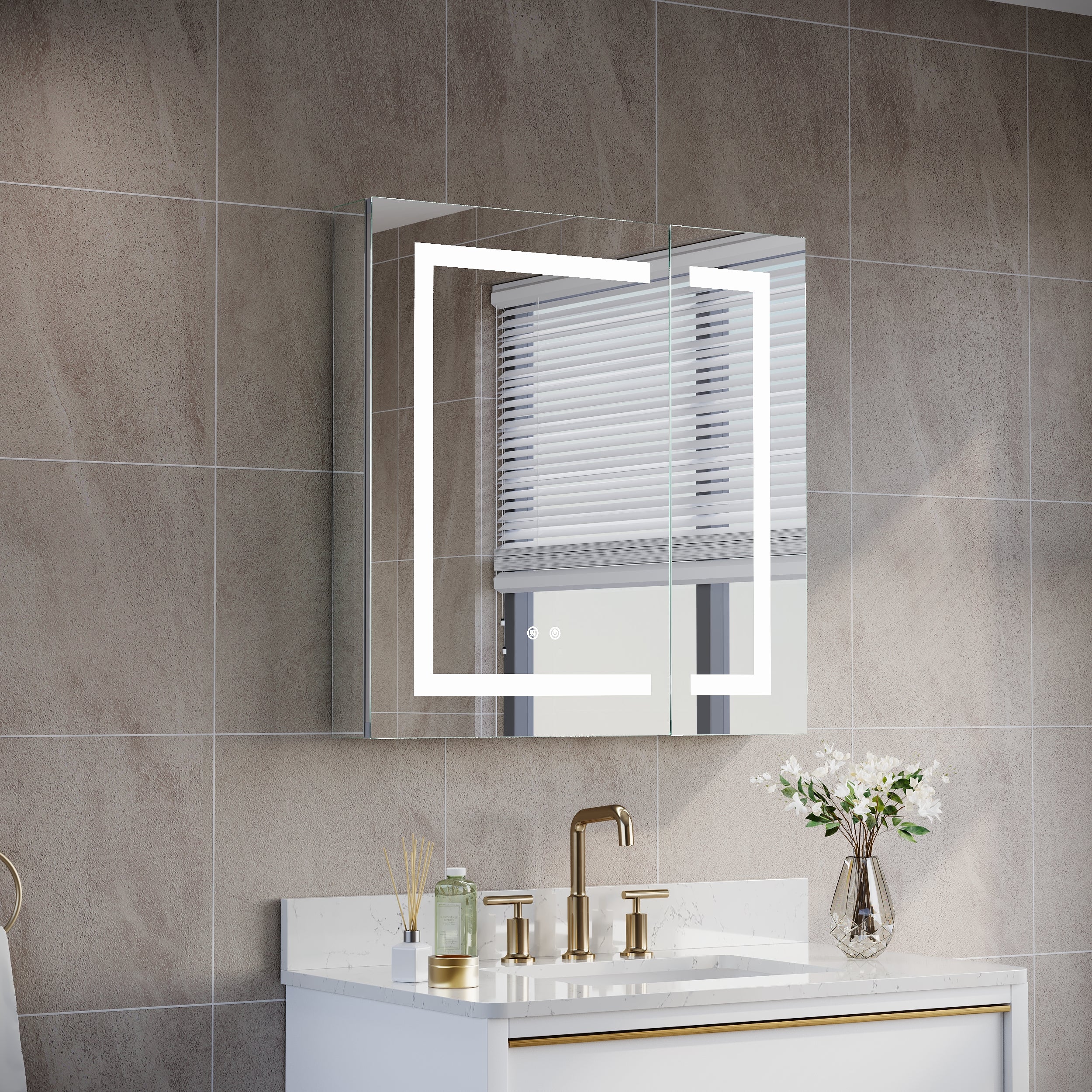
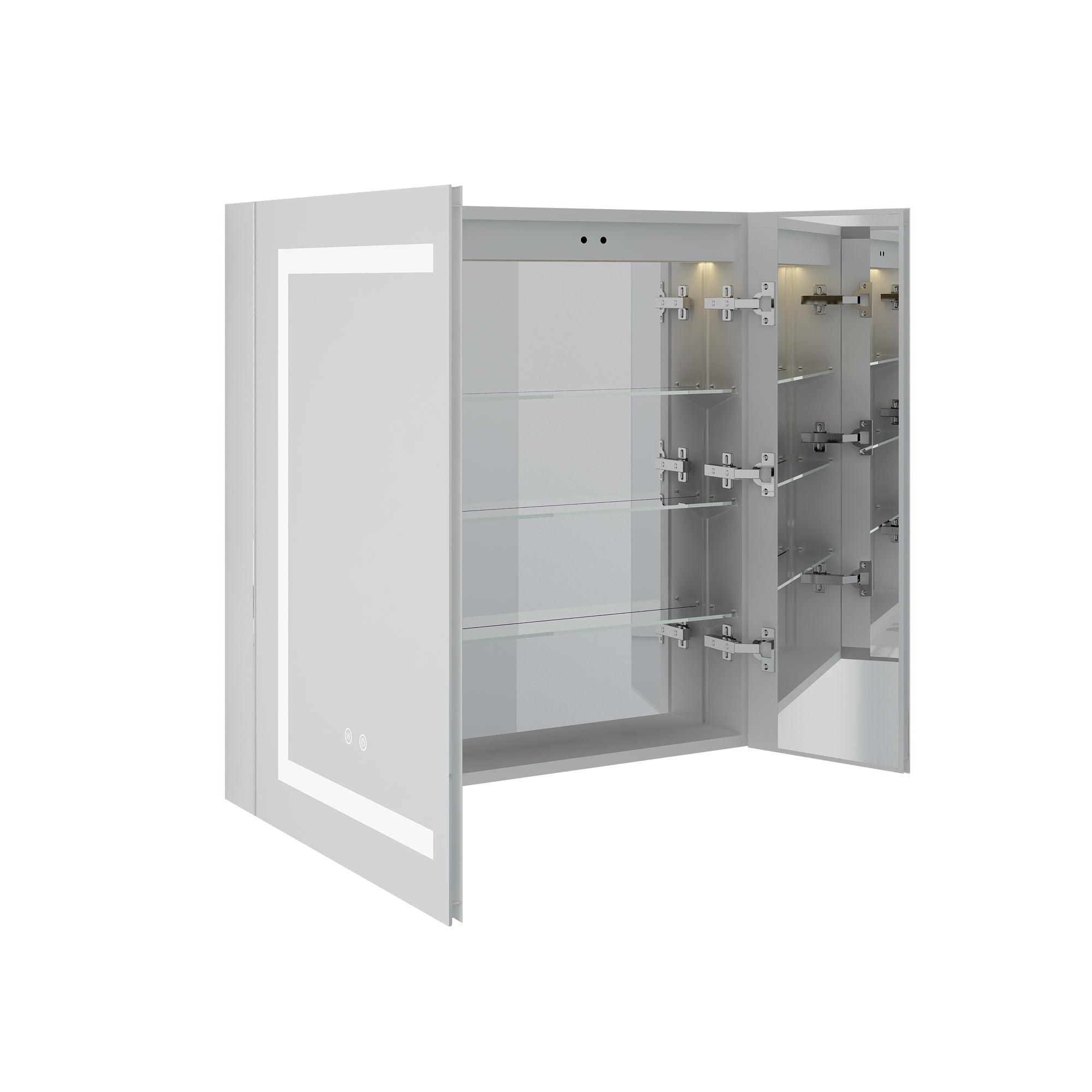
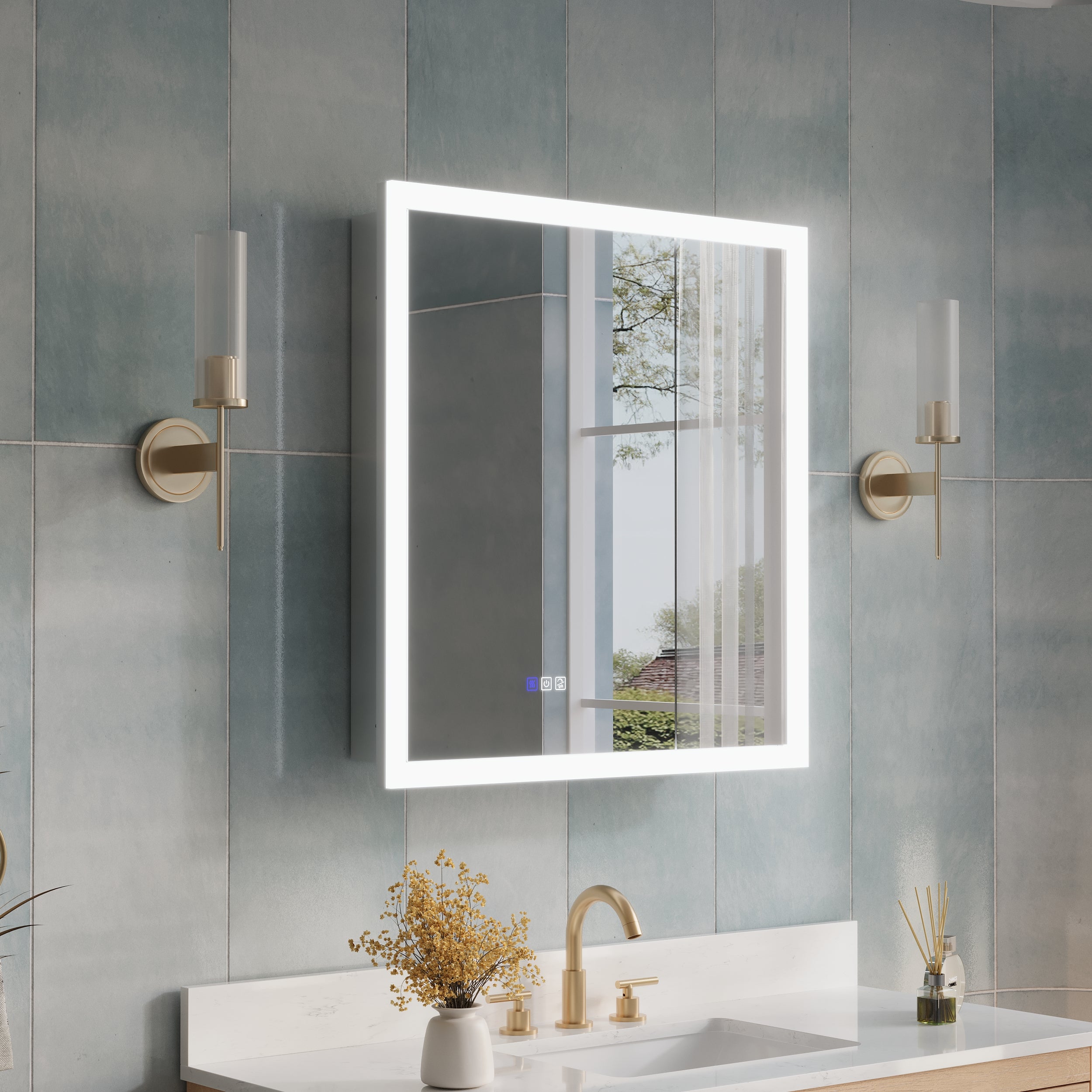
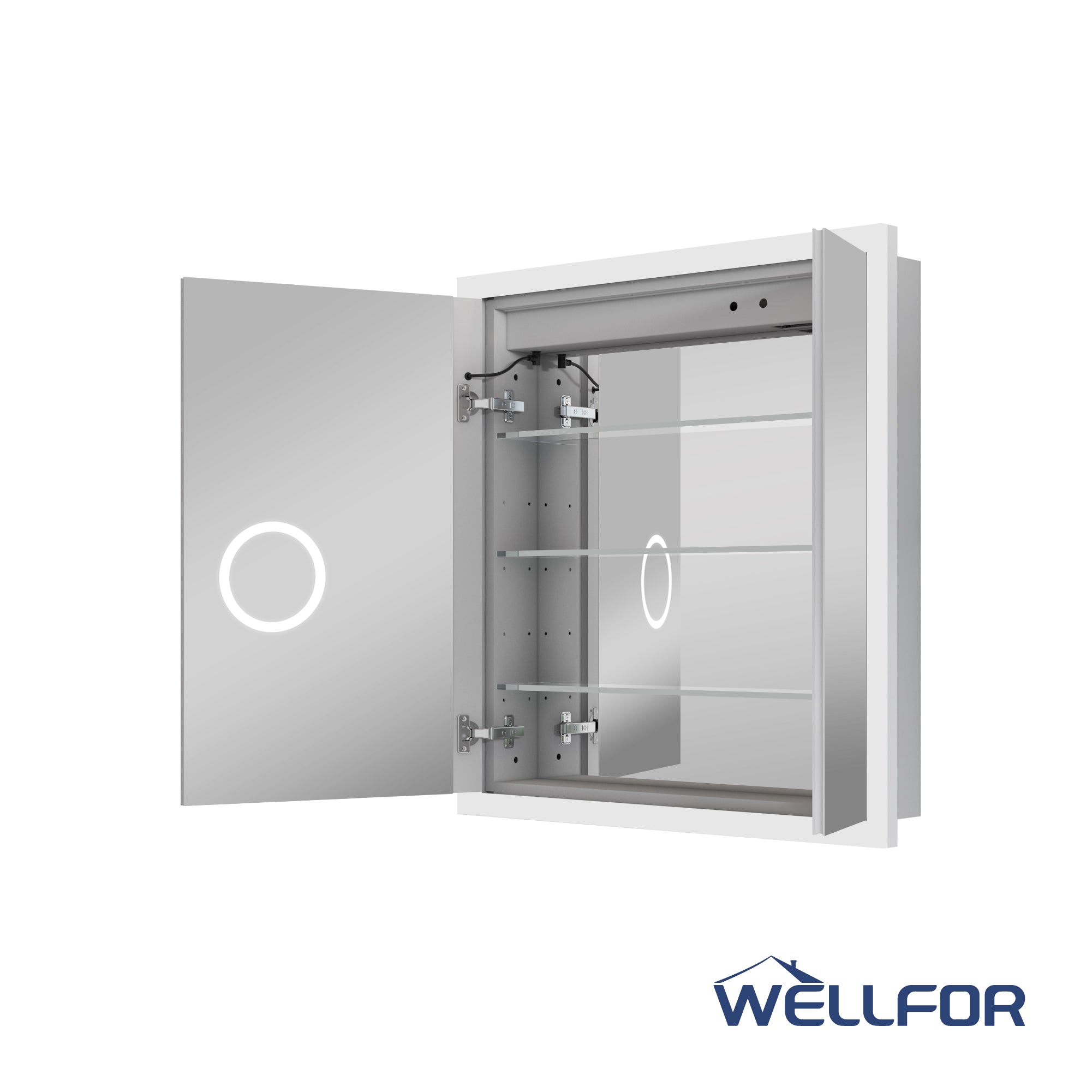
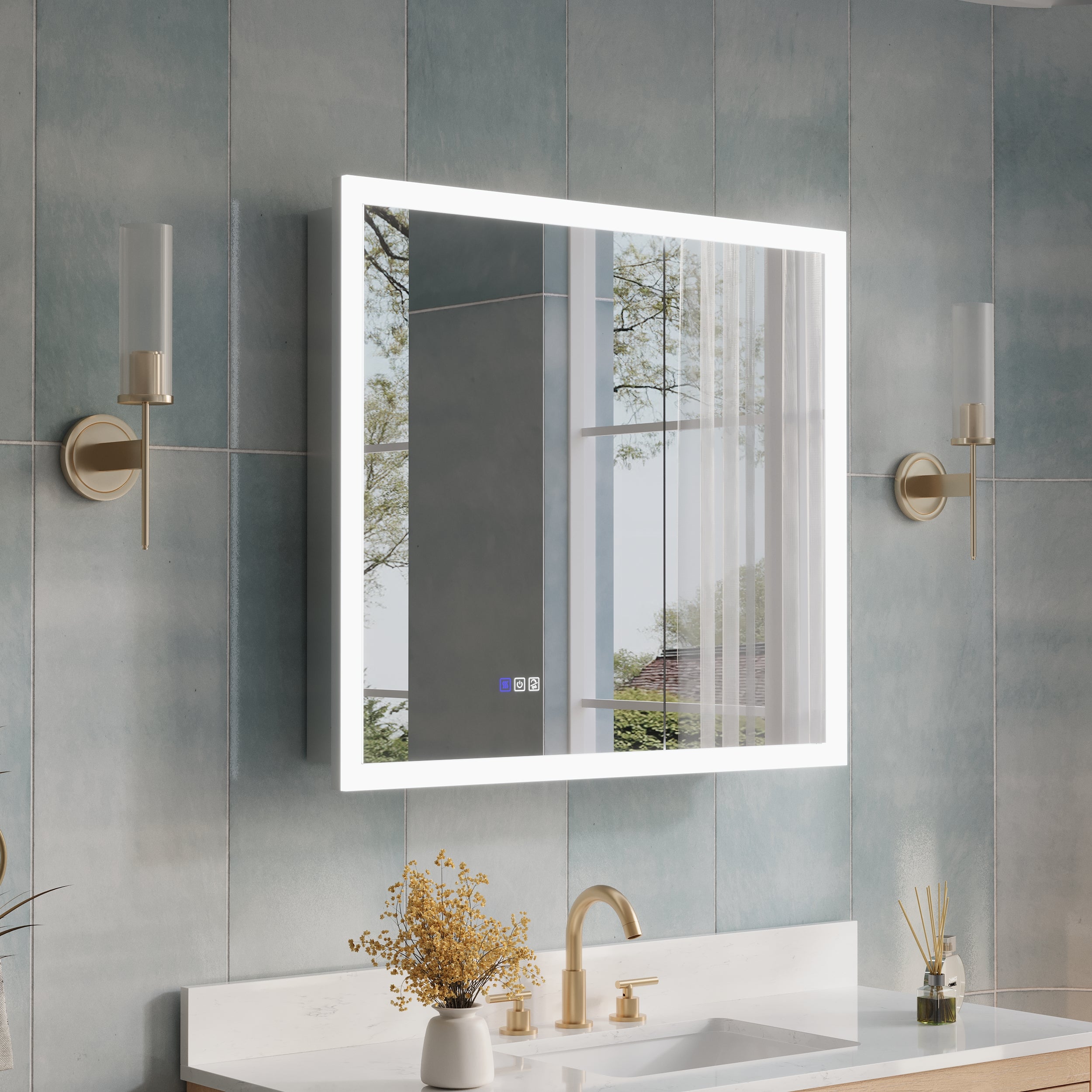

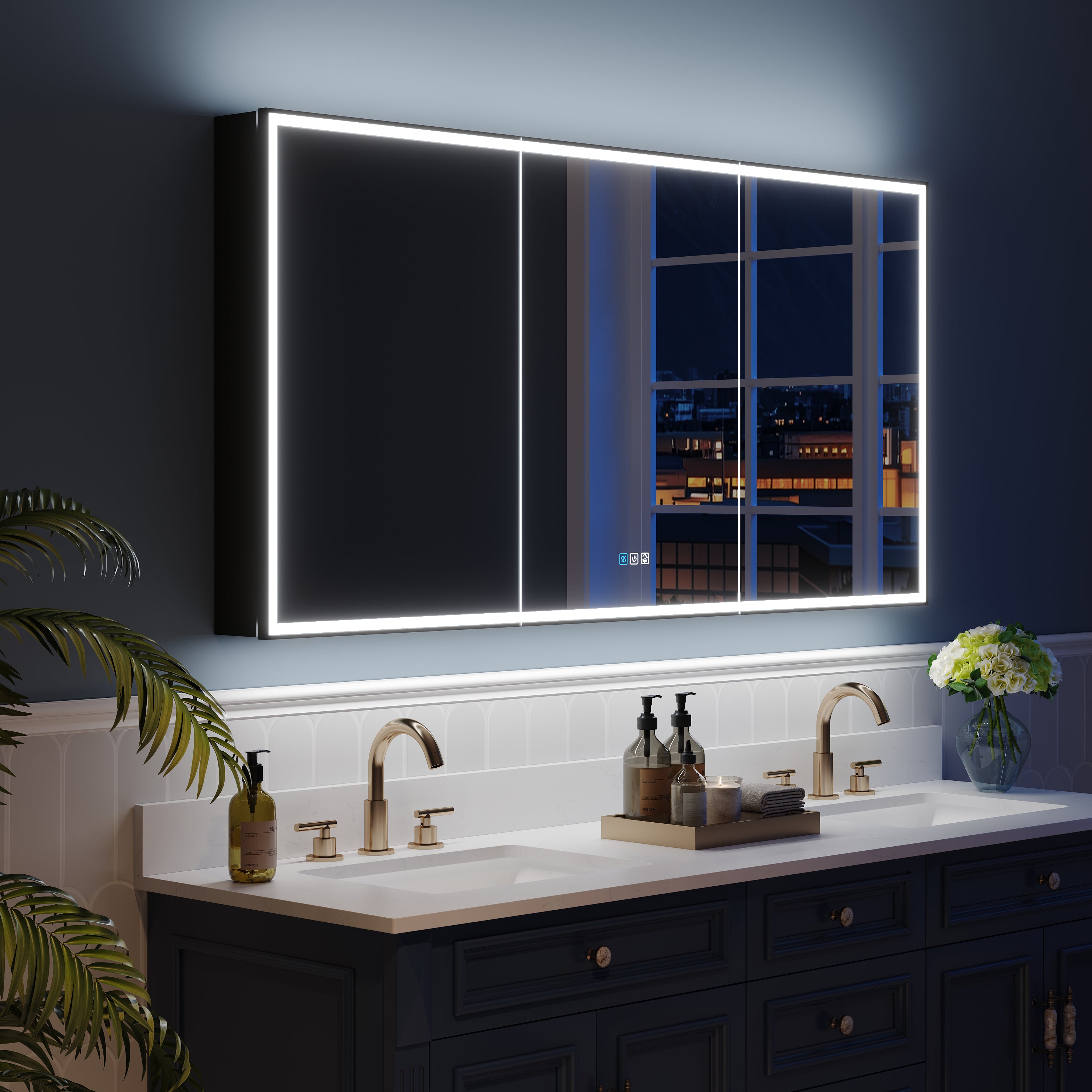
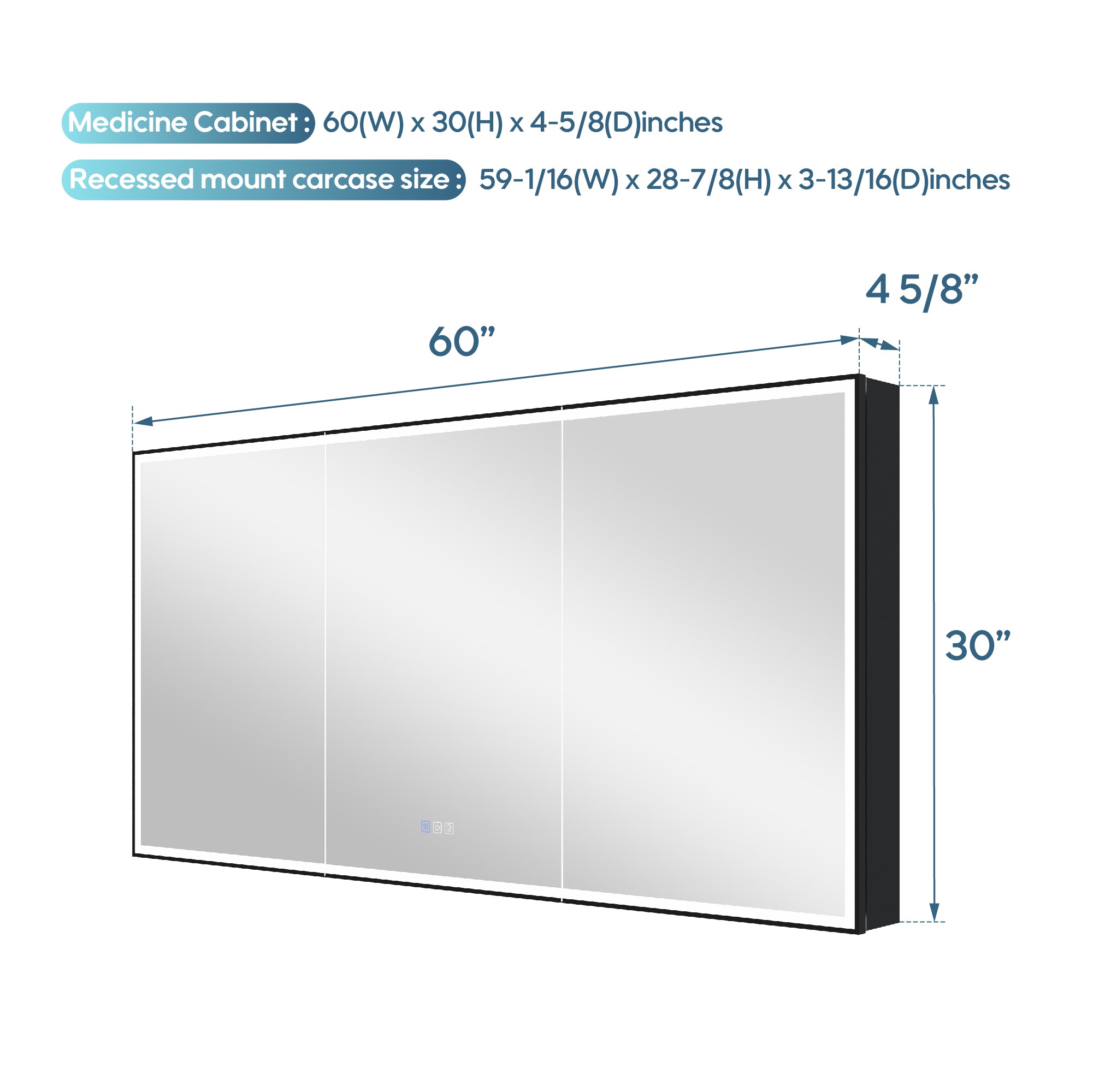
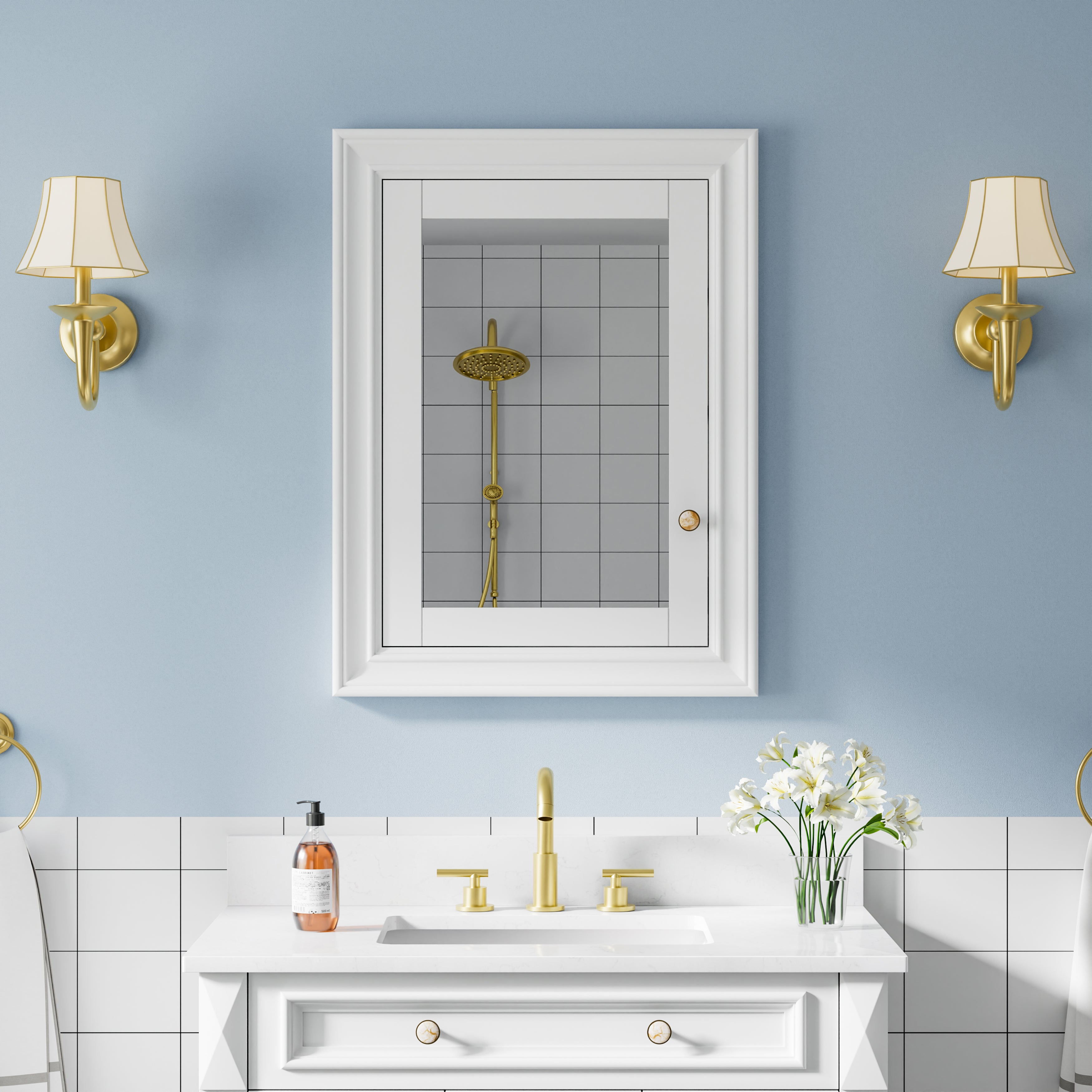


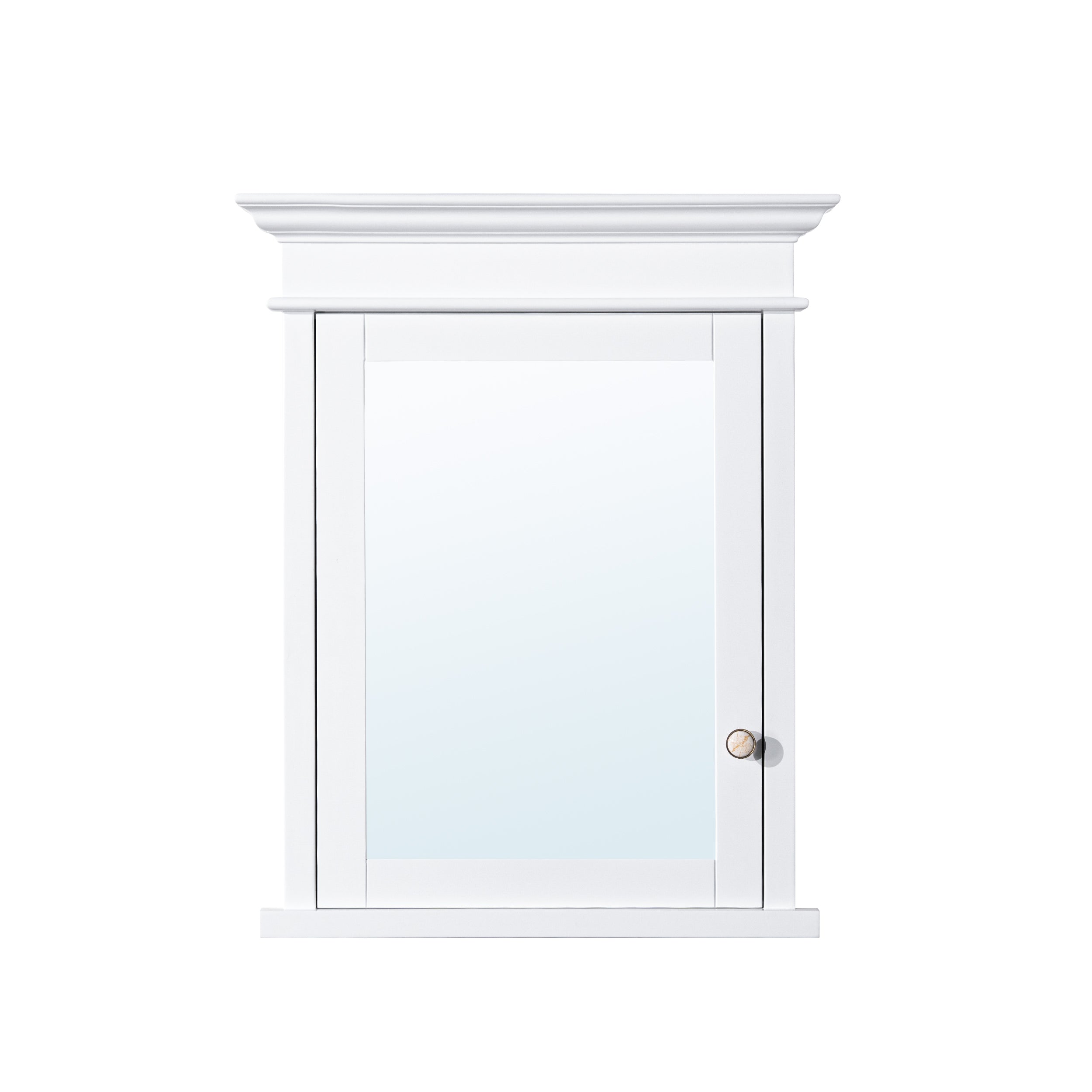

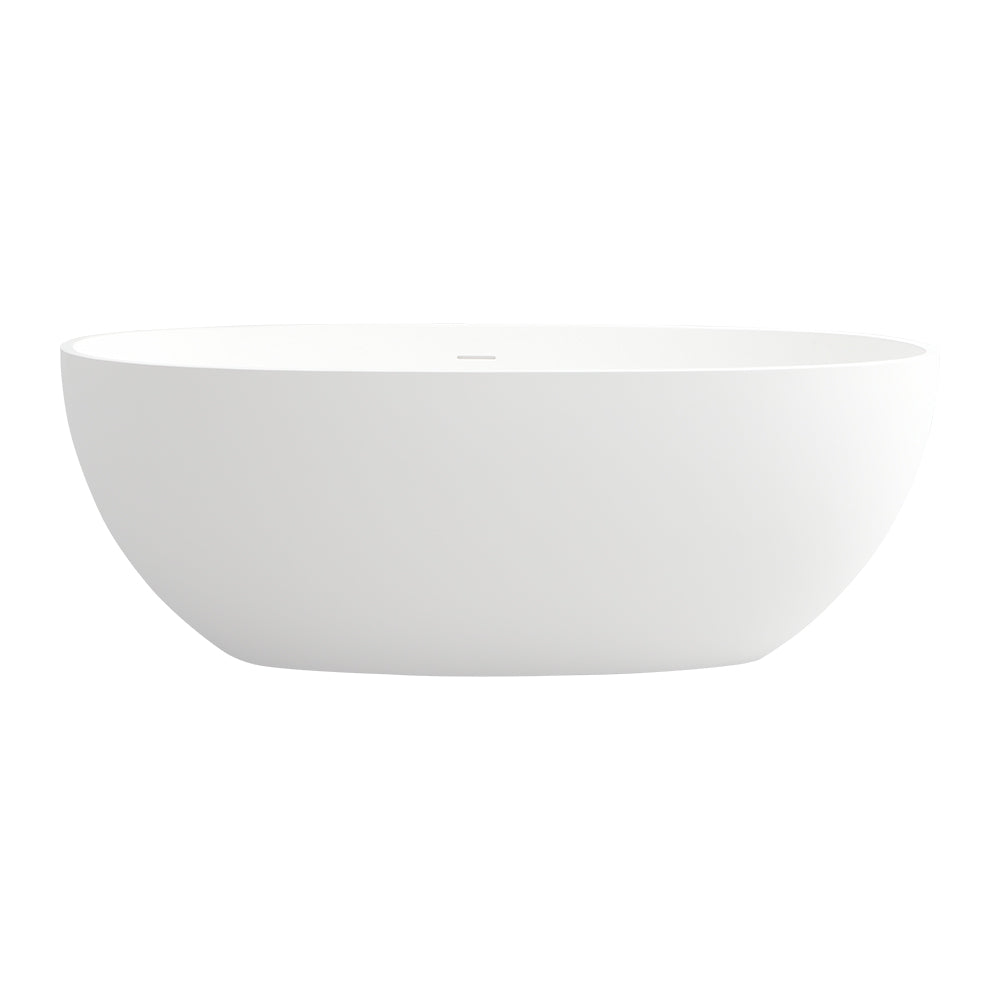


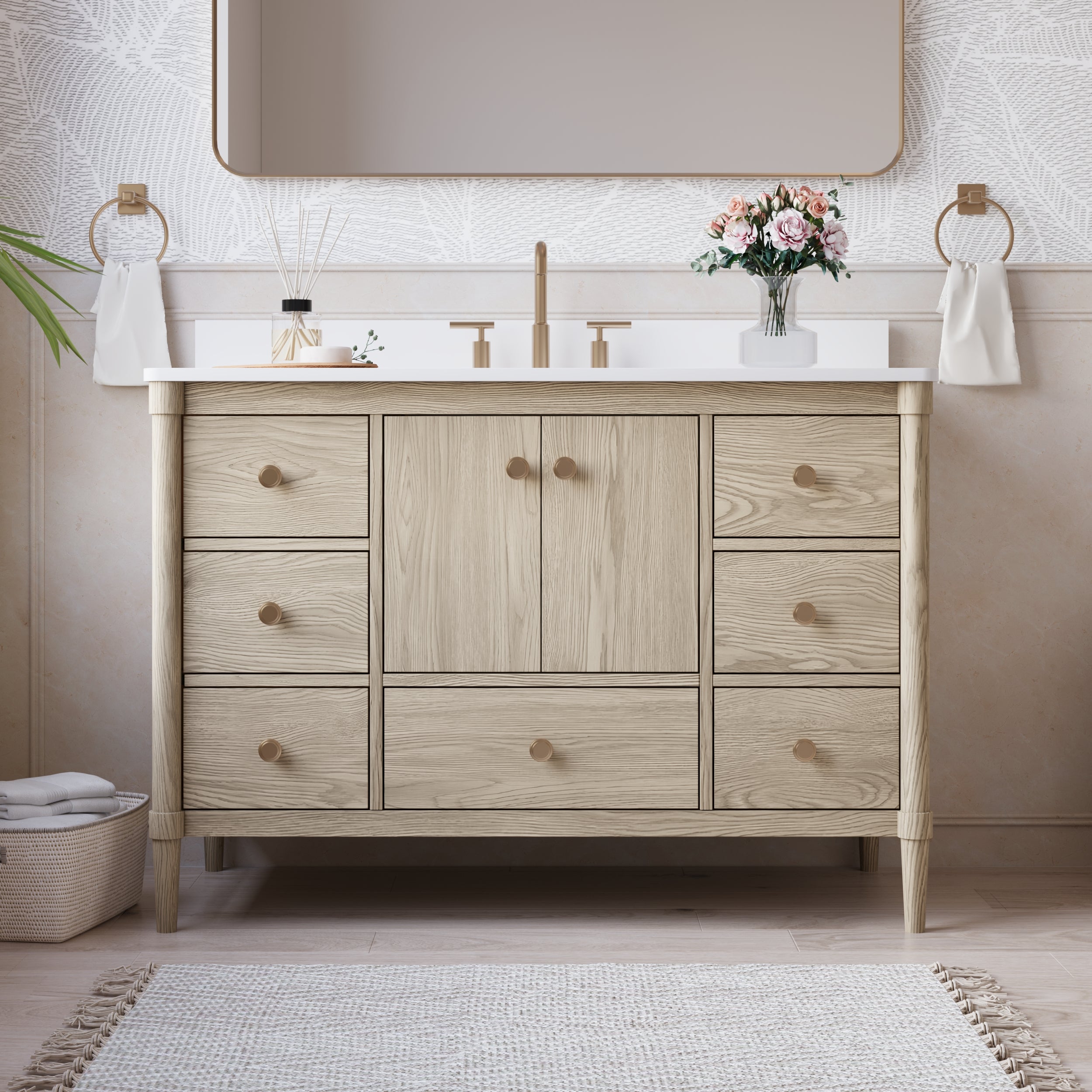
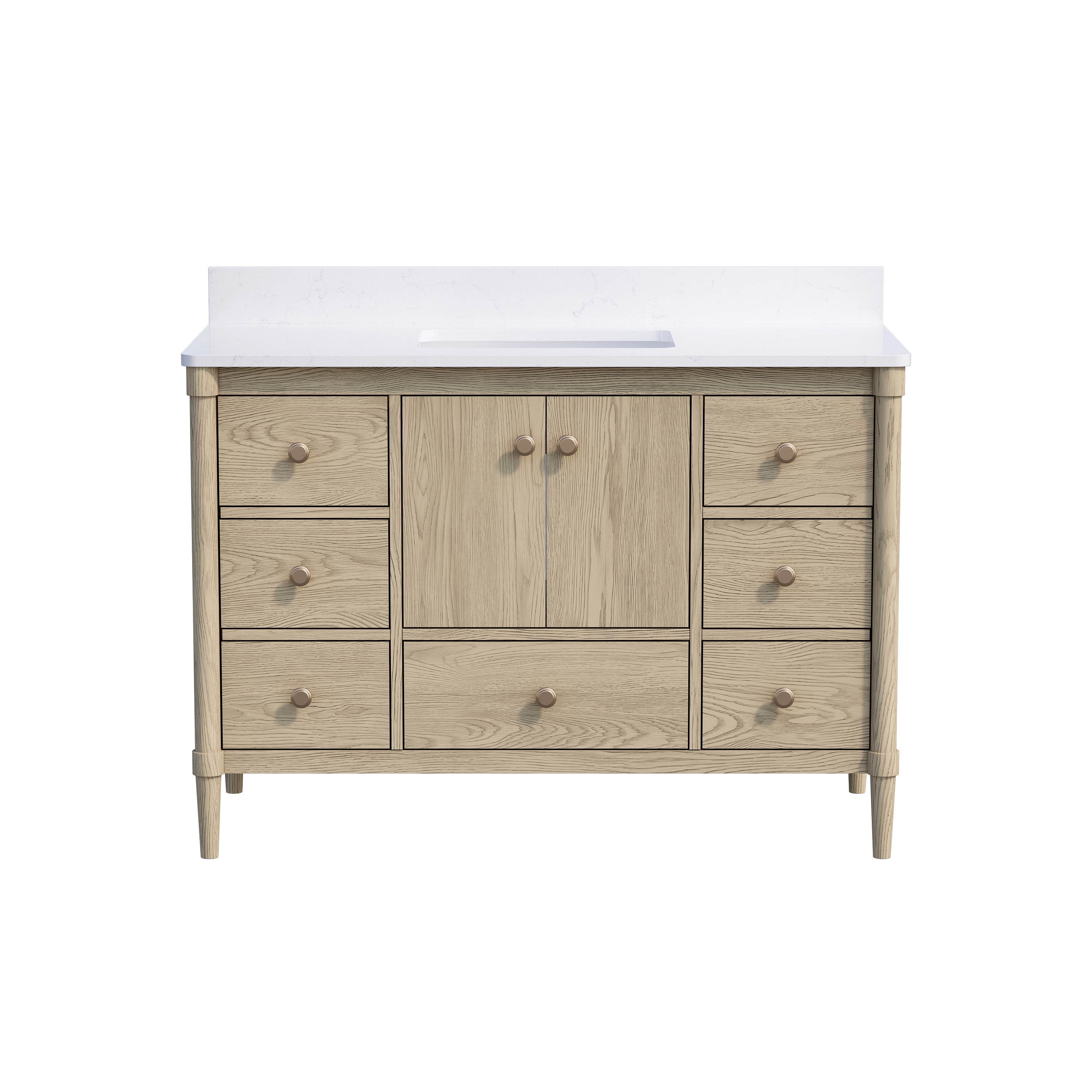
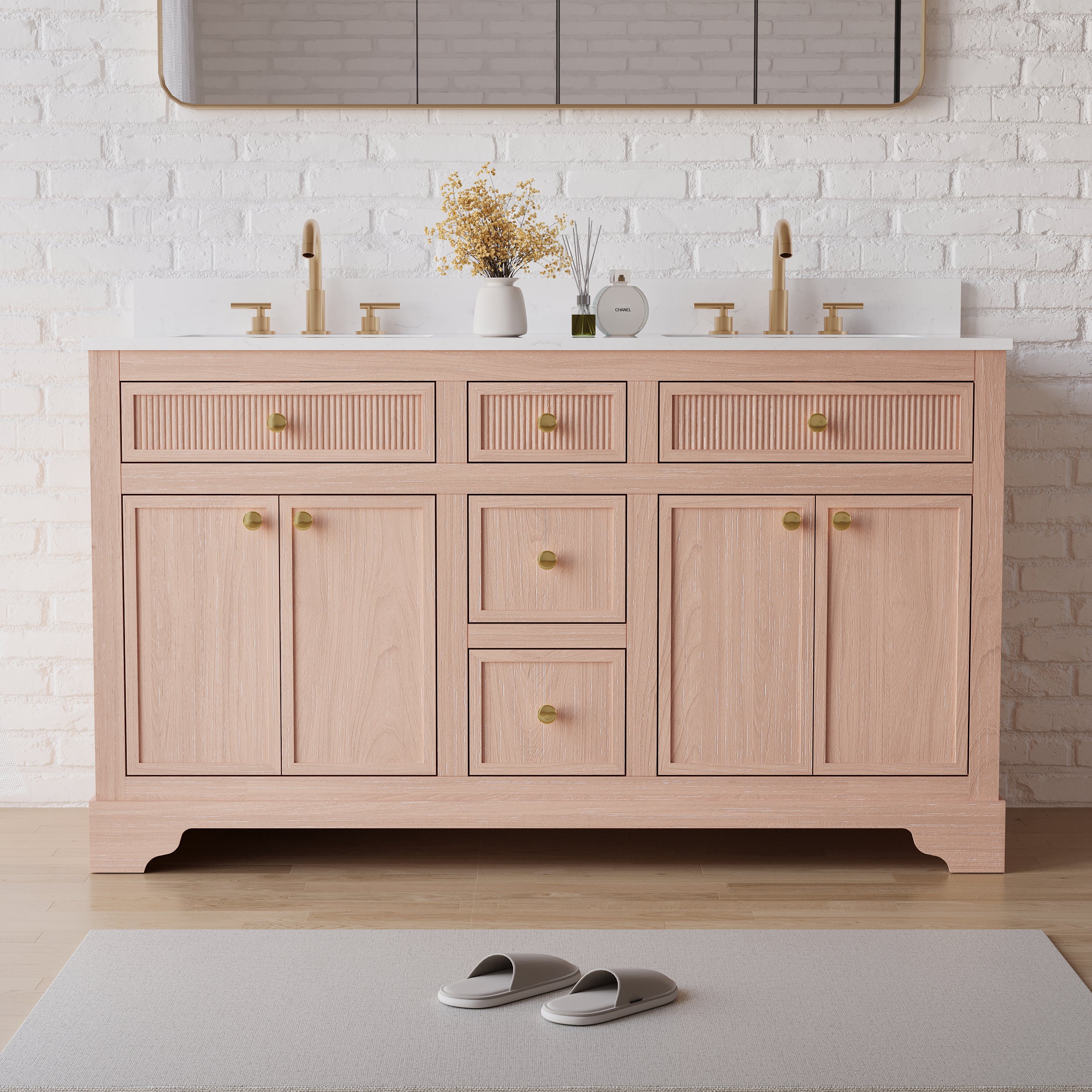



Leave a comment
This site is protected by hCaptcha and the hCaptcha Privacy Policy and Terms of Service apply.